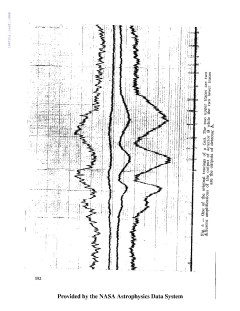As a result of this dynamics-evolution work, I deliberately made it my business to talk with Martin Schwarzschild who worked on the theory of stellar evolution and to tell him about this result. A couple of weeks later I got a telephone call from Princeton and Martin told me that he had in development a telescope to be flown by balloon, to make observations with sharper images. This could make observations of stars nearer to the center of the star clusters, and would I like to go and work with him? From the point of view of optics, I fit the needs of that program and equally I had a chance to get into an interesting science environment. Princeton was, at that time, the major center of theoretical astrophysics.
So in 1962 I started work on Stratoscope II, which was a 36-inch telescope flown by balloons to a height of 80,000 feet and remotely controlled in days before anyone had learned how to remotely control telescopes. That was an extremely interesting device in itself. Stratoscope I was a 12 inch telescope that had photographed the Sun, but those were short exposures, and it is easy to point at the Sun adequately for exposures of a few milliseconds. With Stratoscope II we were doing real nighttime, long-exposure photography which meant the telescope needed to be stationary for a much longer period of time.
Stratoscope II Launch: The Stratoscope II telescope and launch balloon just before and just after launch. For more information about Stratoscope II, see Danielson, R. E., AmSci, 51, 375.
Credit: Images courtesy of Blair Savage / American Scientist
I was immediately put to work in optics, going to PerkinElmer and helping them sort out the quality of the optics for the telescope. However, shortly after arriving at Princeton, Martin Schwarzschild had second thoughts about the pointing precision needed to make sharp images. This coincided with a suggestion by Carl Sagan that the telescope could be used in the infrared to observe water in the Martian atmosphere. That work would not need such high precision pointing, and so might make a good start-up observation for the telescope.



